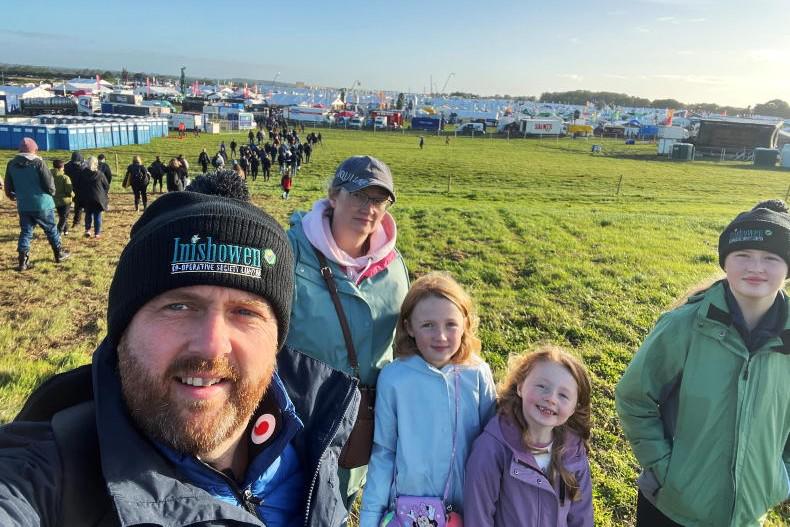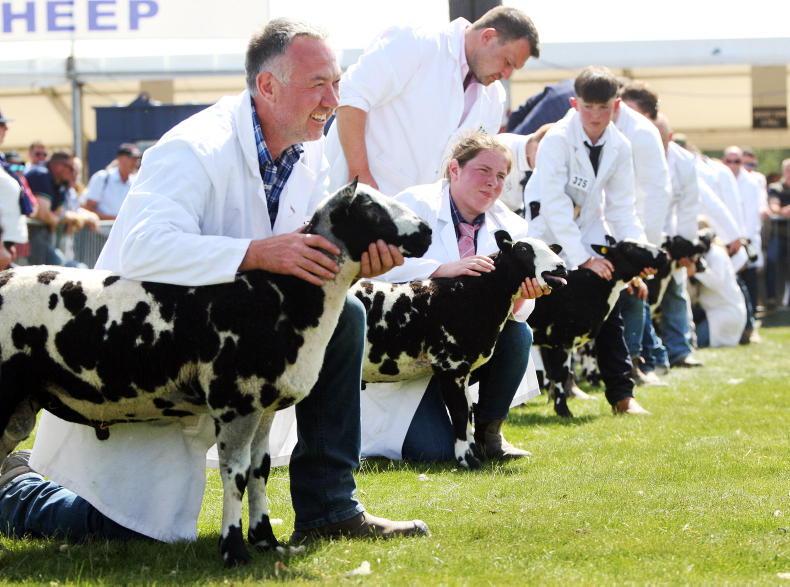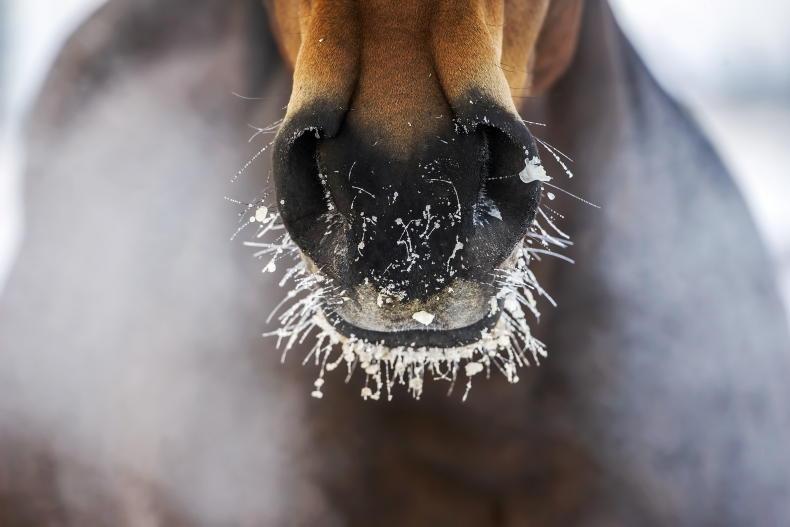Having slept in the van by the stable for the last five nights, I finally welcomed our last foal of the season in the early hours of this morning. Serenaded in with the call of the cuckoo, a strapping black colt arrived by the Grade 1-winning son of Sea The Stars, Harzand. It’s always a time to be thankful when foaling is over for the year and everyone is happy and healthy.
A day at the Balmoral Show last week was a great tonic for the soul too. The donkey classes in particular had my heart warmed; handlers from their teens to their seventies circumnavigated the judges with various degrees of donkey obedience. I’d never seen a donkey do an extended trot before, but at the annual Balmoral Show, it’s always game on!
The recent news story of the orangutan that healed itself by treating its facial wound with plants intrigued me about self-selection in animals
Donkeys gave me more reasons to be cheerful too when I met some of the happy residents (two-legged and four-legged) of Kinedale Farm, Co Down – a donkey activity farm and therapy animal centre that offers everything from goat meditation to sunset donkey picnics, to name but two.
The working hunter and show jumping classes were also a super watch, that Balmoral grass atmosphere is always worth the annual trip. It was a very busy show with the warm weather enticing folk out and I admit that respite from the show crowds was required. Refreshments in the Women’s Institute tent provided the perfect cup of tea and some of the best hazelnut cake I’ve ever tasted.
Sustainable solutions
Speaking of hazelnuts, we’ve been planting some horse-friendly hedges on the farm – hazel, hawthorn, elder, dog rose and rosa rugosa. Having a mixture of hedges is favourable and natural for the environment. I’ve often seen my horses select brambles, new leaves and rose hips from their surrounding hedgerows, but learning to re-plant and care for those hedges is a helpful skill for any equestrian farmer to learn. Provided you have checked that the hedgerow species your horses have access to are all safe, smart planting can provide sustainable solutions to your farm fencing challenges, creating a thick impenetrable boundary with the bonus of some healthy snacks for your four-legged friends.
The recent news story of the orangutan that healed itself by treating its facial wound with plants intrigued me about self-selection in animals. In Malaysia, a wounded female Bornean orangutan was observed eating ginger leaves and stem. Ginger is known as a traditional medical plant against inflammation with antibacterial, antiviral and anti-fungal properties. I wonder exactly what my horses get from munching on our indigenous cow parsley, cleavers, blackberry, thistles, nettles, dandelion and willow?










SHARING OPTIONS